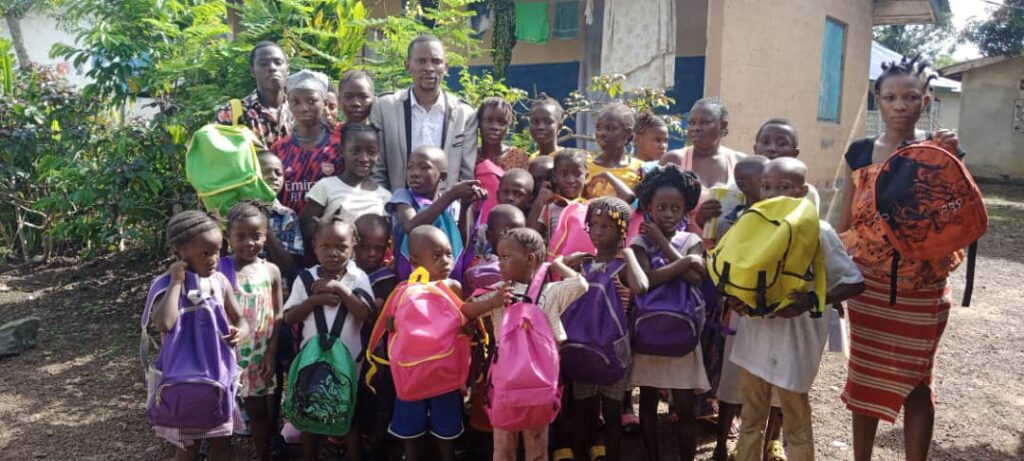
Back To School Program For Children And Youth
Goals, Objectives, and Impact
The primary goal of back-to-school programs for children and youths is to provide educational resources, support, and opportunities to underprivileged students. These programs aim to address the academic, social, and emotional needs of students who may be at a disadvantage due to various factors such as poverty, unstable home environments, or lack of access to quality education.

The objectives of these programs include:
- Improving academic achievement*: By providing additional resources, tutoring, and mentoring, back-to-school programs aim to enhance students’ academic performance and help them meet or exceed grade-level expectations.
- Promoting social and emotional development*: These programs focus on building students’ self-esteem, confidence, and interpersonal skills through various activities and workshops.
- Encouraging parental involvement: Engaging parents in their children’s education is crucial for long-term success. Back-to-school programs also seek to facilitate resources and workshops for parents on topics like effective communication strategies, setting educational goals, and monitoring academic progress.
- Fostering community engagement: Back-to-school programs shall bring together various community stakeholders – schools, non-profit organizations, businesses, and local government agencies – to collaborate on improving educational outcomes for children and youths.
- Reducing barriers to education: By addressing issues like transportation, childcare, and access to school supplies, back-to-school programs shall help remove obstacles that might prevent students from fully participating in their education. The impact of back-to-school programs
- Academic success: Students who participate in these programs often demonstrate improved grades, test scores, and overall academic performance
- Increased high school graduation rates: By providing support to children and youth education process, back-to-school programs shall contribute to higher high school graduation rates
- College readiness: These programs shall help prepare students for the rigors of higher education by offering college preparation courses, financial aid assistance, and other resources
- Community development: By fostering collaboration among various stakeholders (e.g., schools, nonprofits, businesses), back-to-school programs shall contribute to stronger communities with a shared commitment to education
- Lifelong benefits: Students who benefit from these programs may experience long-term advantages such as improved career prospects, higher earning potential, and better overall wellbeing
All Categories
Recent Posts
Mariama0 Comments
Back To School Program For Children And Youth
Mariama0 Comments
Love Your Neighbor Challenge
Mariama0 Comments




